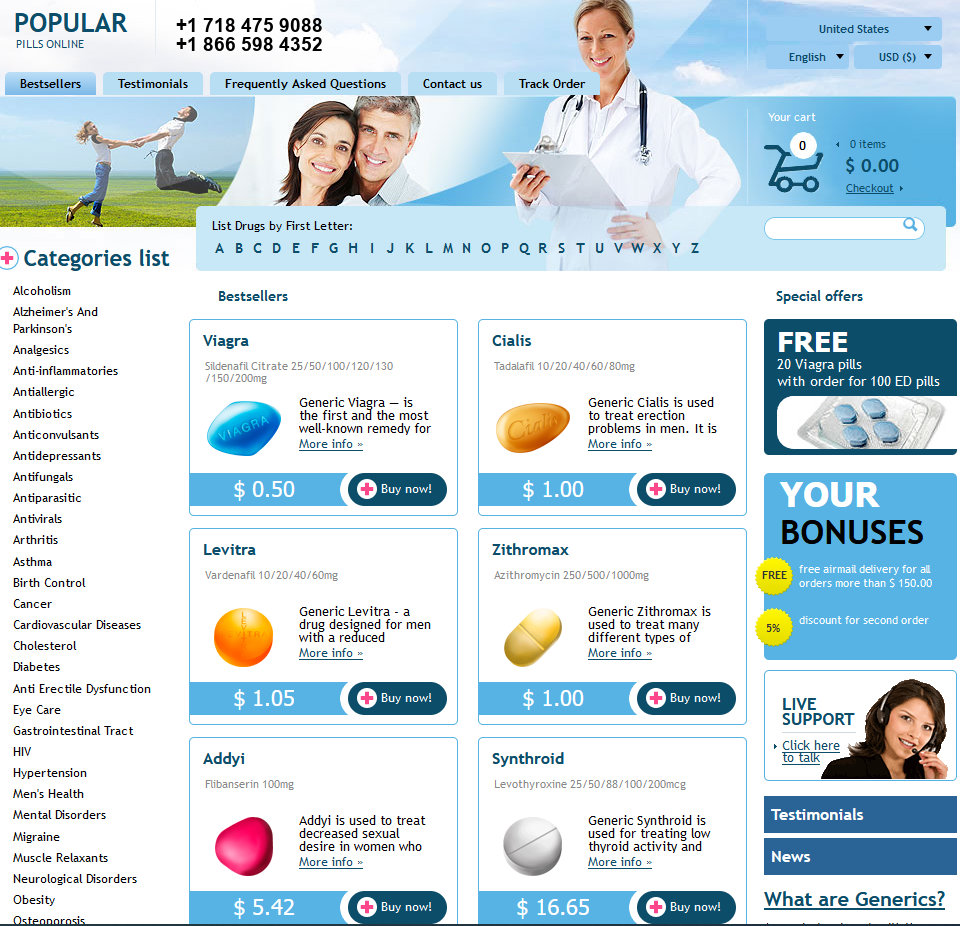
Understanding Erythromycin and Its Therapeutic Role
Erythromycin is a cornerstone in the antibiotic arsenal, primarily used to treat bacterial infections such as respiratory tract infections, skin infections, and more. This macrolide antibiotic functions by inhibiting bacterial protein synthesis, effectively curbing bacterial growth. It is particularly beneficial for patients who are allergic to penicillin, offering an alternative route for treatment. Understanding its broad application is key: it underscores not only the drug’s therapeutic importance but also highlights the significant challenges posed when resistance emerges.
| Role of Erythromycin | Therapeutic Uses |
|---|---|
| Antibiotic | Treats bacterial infections like pneumonia and bronchitis |
| Penicillin Substitute | Used for patients allergic to penicillin |
| Inhibits Protein Synthesis | Stops bacteria from growing and multiplying |
Key Mechanisms Behind Erythromycin Resistance

Erythromycin, a member of the macrolide class of antibiotics, works by inhibiting protein synthesis in bacteria. However, its effectiveness can be thwarted through several resistance mechanisms. One common method is via target site modification, where mutations in the 23S rRNA of the bacterial ribosome reduce erythromycin's binding ability. Another mechanism involves active efflux, where bacteria develop pumps that expel erythromycin, preventing it from reaching its target. Some bacteria also produce enzymes that chemically modify erythromycin, rendering it inactive.
The emergence and spread of these resistance mechanisms have rendered certain bacterial infections increasingly difficult to treat. This not only limits the therapeutic options available to healthcare providers but also underscores the urgent need for ongoing research into understanding the genetic and biochemical pathways of erythromycin resistance, thereby aiding in the development of more effective treatment strategies.
Impact of Antibiotic Resistance on Global Health
Antibiotic resistance poses a monumental challenge to global health, diminishing the effectiveness of critical medications like erythromycin. As bacteria adapt, once-treatable infections become formidable threats, increasing morbidity and mortality rates worldwide. This resistance crisis strains healthcare systems, inflates medical costs, and threatens to unravel decades of medical advancement.
Developing nations bear the brunt, but resistance knows no borders, affecting both wealthier and poorer countries alike. Factors such as overprescription, incomplete treatments, and agricultural misuse accelerate resistance globally. Erythromycin's reduced efficacy is a hallmark of this issue, signaling the urgency for international collaboration.
In tackling resistance, innovative strategies and preventive measures are paramount for maintaining erythromycin’s role in medical practice. Crucial to this effort is fostering global awareness, education, and policymaking aimed at sustainable antibiotic use.
Factors Contributing to Erythromycin Resistance Spread

Erythromycin, a cornerstone in the arsenal of antibacterial treatments, is increasingly encountering stormy waters due to the rise in resistance spread. One factor fueling this resistance is the excessive use of erythromycin in both human medicine and agricultural settings. Overprescription and misuse have driven bacteria to adapt and survive, rendering this antibiotic less effective. Additionally, the global trade and travel have served as conduits for resistant bacterial strains, allowing them to traverse international borders with ease and spread rapidly.
Compounding these issues is the lapse in stringent antibiotic stewardship programs where policies fail to enforce prudent erythromycin use. Moreover, the lack of rapid diagnostic tools leads to empirical therapy, which often relies heavily on broad-spectrum antibiotics like erythromycin. This situation is further exacerbated by insufficient public awareness and education regarding antibiotic resistance, ultimately fanning the flames of microbial resistance spread.
Innovative Solutions to Combat Erythromycin Resistance
Research in combating erythromycin resistance has taken significant strides, focusing on developing alternative treatments and innovative diagnostic tools. The advent of advanced genetic sequencing technologies allows scientists to identify resistance genes with precision. This facilitates the tailoring of targeted therapies, effectively bypassing resistant pathways. Additionally, combination therapies, that use erythromycin alongside other antibiotics, have shown potential in reducing resistance. By synergizing two drugs, researchers aim to overwhelm the bacterial defenses, making it harder for them to withstand treatment.
Simultaneously, public health initiatives emphasize the responsible use of erythromycin through stewardship programs. Educating healthcare providers and patients about judicious prescribing can slow resistance proliferation. Novel approaches, such as bacteriophage therapy, are also under exploration, harnessing viruses that target bacteria without affecting human cells. These solutions underscore a multifaceted approach to curbing resistance.
```html
| Innovative Solution | Description |
|---|---|
| Genetic Sequencing | Identifies resistance genes for targeted therapies. |
| Combination Therapies | Utilize erythromycin with other antibiotics to reduce resistance. |
| Bacteriophage Therapy | Uses viruses to selectively kill resistant bacteria. |
Empowering Healthcare Practices to Reduce Resistance
Incorporating advanced diagnostic tools in healthcare settings is crucial for early detection of antibiotic resistance, allowing tailored treatment strategies to be developed more quickly. Training healthcare professionals in antibiotic stewardship helps ensure that erythromycin is prescribed only when necessary, reducing the chance of resistance. Moreover, promoting public awareness about the importance of completing prescribed antibiotic courses can empower patients to participate actively in combating resistance. Integrating these practices can significantly lower the incidence of resistance, safeguarding effective treatment options for future generations. For in-depth information, explore [CDC’s insights on antibiotic use](https://www.cdc.gov/antibiotic-use/index.html) and the [World Health Organization’s perspective on antibiotic resistance](https://www.who.int/news-room/fact-sheets/detail/antibiotic-resistance).
we are available on Tiktok – Click here
